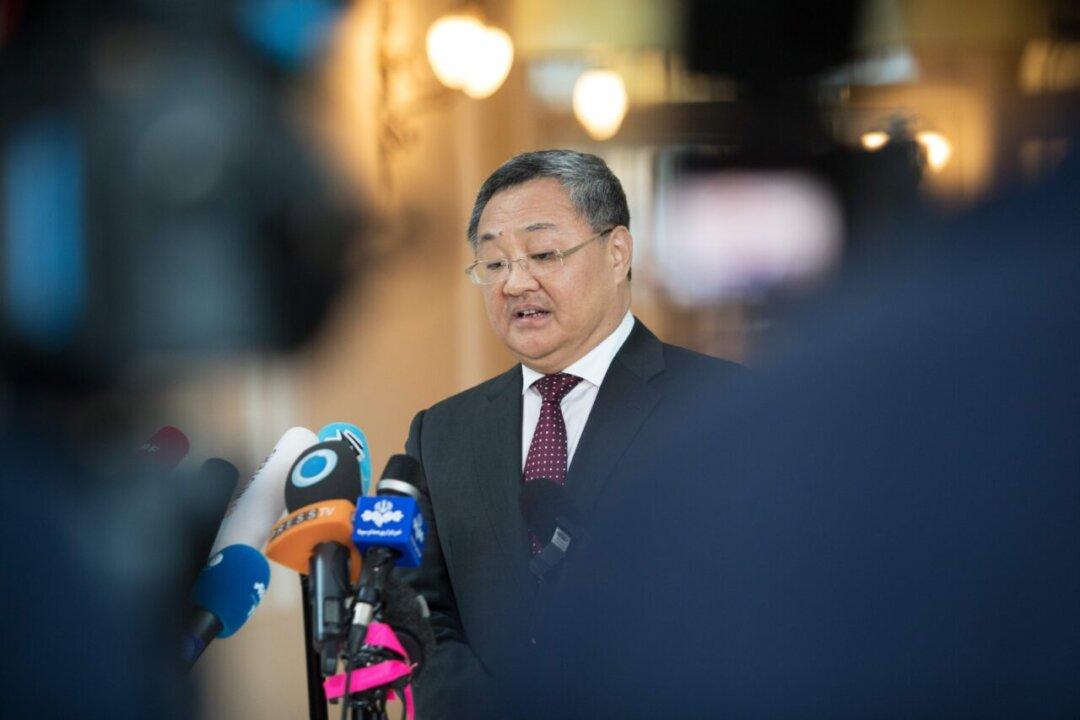China has vowed to take countermeasures if the United States follows through on a plan to deploy midrange ground-launched missiles in Asia.
The director of the Chinese foreign ministry’s Arms Control Department, Fu Cong, made the statement on Aug. 6 after the United States formally withdrew from the Intermediate-Range Nuclear Forces (INF) treaty with Russia on Aug. 2, and announced plans to deploy missiles in order to deter China.





